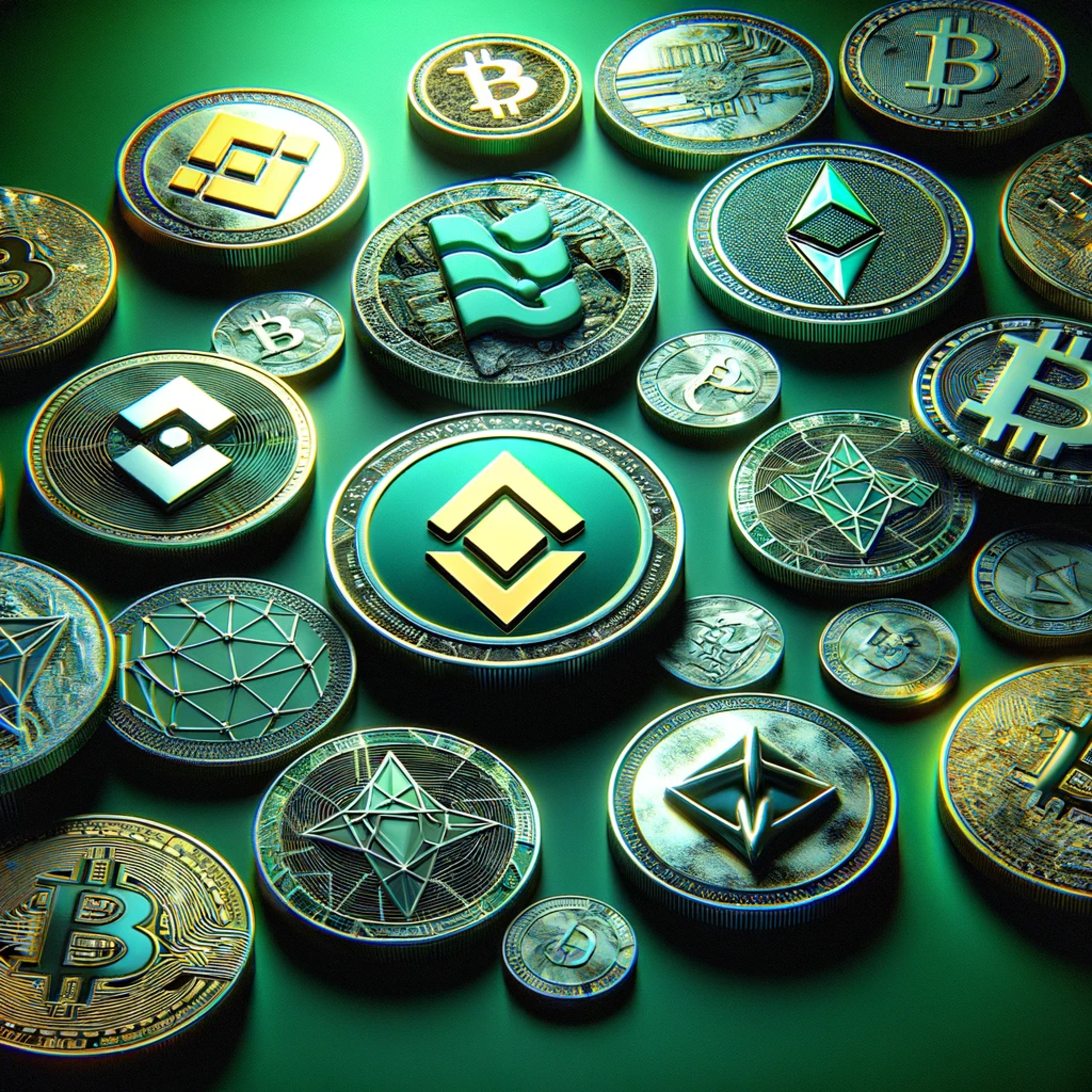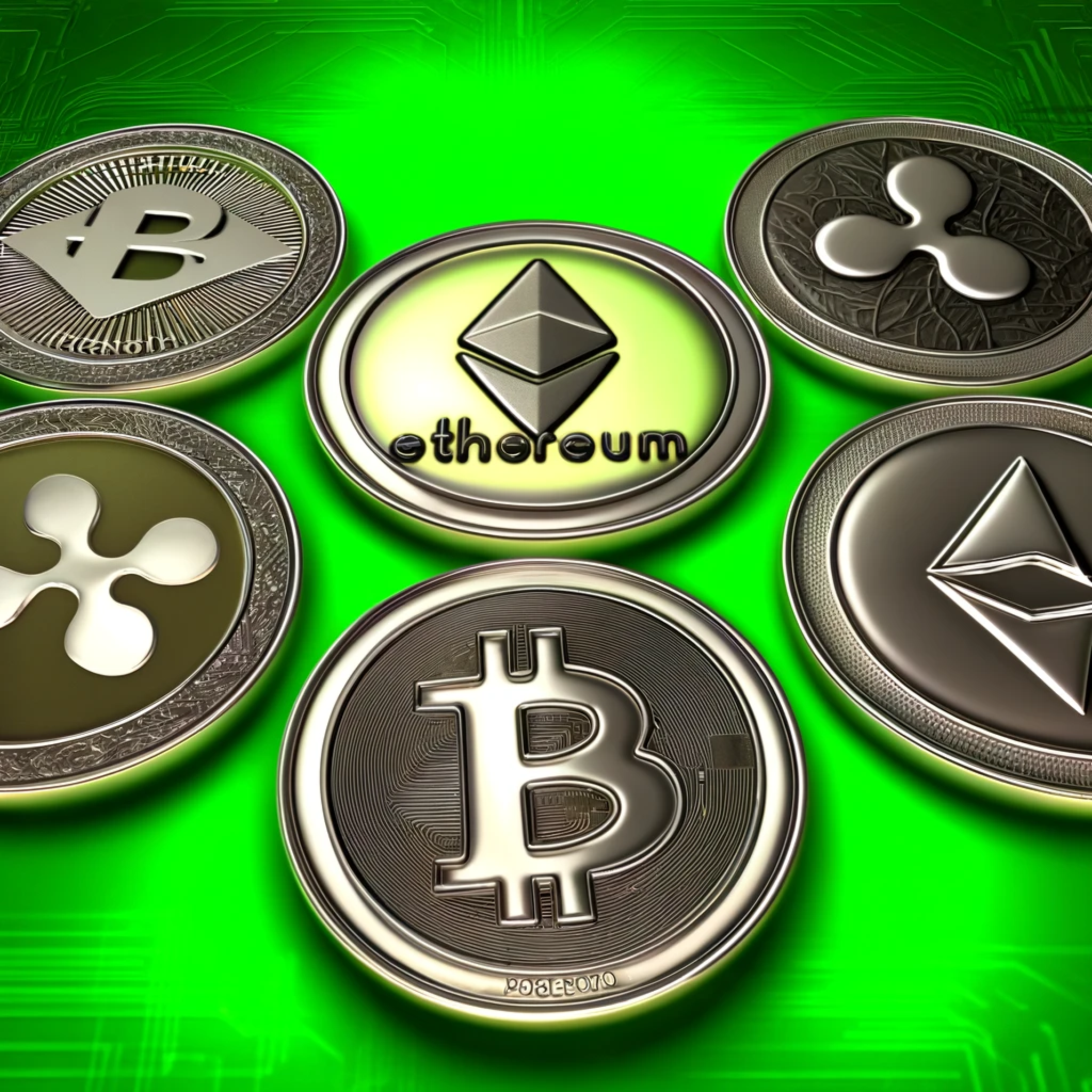Important Disclosure: The content provided does not consider your particular circumstances and does not constitute personal advice. Some of the products promoted are from our affiliate partners from whom we receive compensation.
If you require any personal advice, please seek such advice from an independently qualified financial advisor. While we aim to feature some of the best products available, this does not include all available products from across the market. Although the information provided is believed to be accurate at the date of publication, you should always check with the product provider to ensure that information provided is the most up to date.

GRT is the native token of The Graph – a crypto project that uses artificial intelligence (AI) intended to do what Google did for the internet, but for blockchains.
Here’s a look at what The Graph does, and why it matters.
The Graph explained
The Graph is open source software hosted on the Ethereum blockchain (‘open source’ just means its underlying code can be viewed by anyone).
It exists to collect and store data from blockchains such as Ethereum and Avalanche so that it can be searched by users. Google is analogous in that it collects and stores information from websites to make the internet searchable.
Data collected by The Graph is organised into indices known as Subgraphs aiming to make querying The Graph more efficient. Queries are made via decentralised applications (dApps).
A dApp is an application hosted on a blockchain, rather than on servers owned by a company, as is the case with WhatsApp, which is an application hosted on Meta-owned servers.
dApps designed to query The Graph are written in a programming language called GraphQL, which was created by Facebook to power its newsfeeds.
GRT explained
GRT is the native currency of The Graph, just as ETH is the native currency of Ethereum. The economy of The Graph is based around people spending GRT to participate and earning it for participating.
Anyone who wants to query The Graph to find data on a blockchain must pay for it using GRT. Within The Graph, these people are called Consumers.
Thanks to cryptocurrencies, we tend to think of blockchains as places to store records of financial transactions, but they can be used to store all kinds of data.
For example, the metaverse platform Decentraland has a Decentralised Autonomous Organisation (DAO) in which members can vote on things like: how content moderation works within its virtual world. This DAO has a blockchain containing data which a Consumer might want to query to help them develop software.
The Graph has volunteers known as Curators, Indexers and Delegators who work to process data and share it with Consumers.
These participants can earn fees from the network for their work, but they have to stake GRT for the opportunity. The aim behind volunteers putting up their own GRT as collateral is that it maintain the integrity of data on The Graph.
Curators assess which subgraphs are worth indexing, and assign GRT to them. Indexers are the volunteers who take on the task of actually collecting data for Subgraphs identified by curators. Delegators give GRT to indexers as reward.
There are also users known as Fishermen, whose role is to verify query responses, and Arbitrators, who are responsible for identifying malicious Indexers.
GRT can be traded on many popular crypto exchanges, including eToro. At the time of writing, one GRT was worth 9p. That’s down from a high of £1.89 in the spring of 2021.
By dint of being a cryptocurrency, GRT is inherently volatile. The UK government is currently consulting on plans to bring cryptocurrency into regulation to protect consumers, but until then – as has been warned several times by the Financial Conduct Authority (FCA) – anyone planning to invest should be prepared to lose all of their money.




